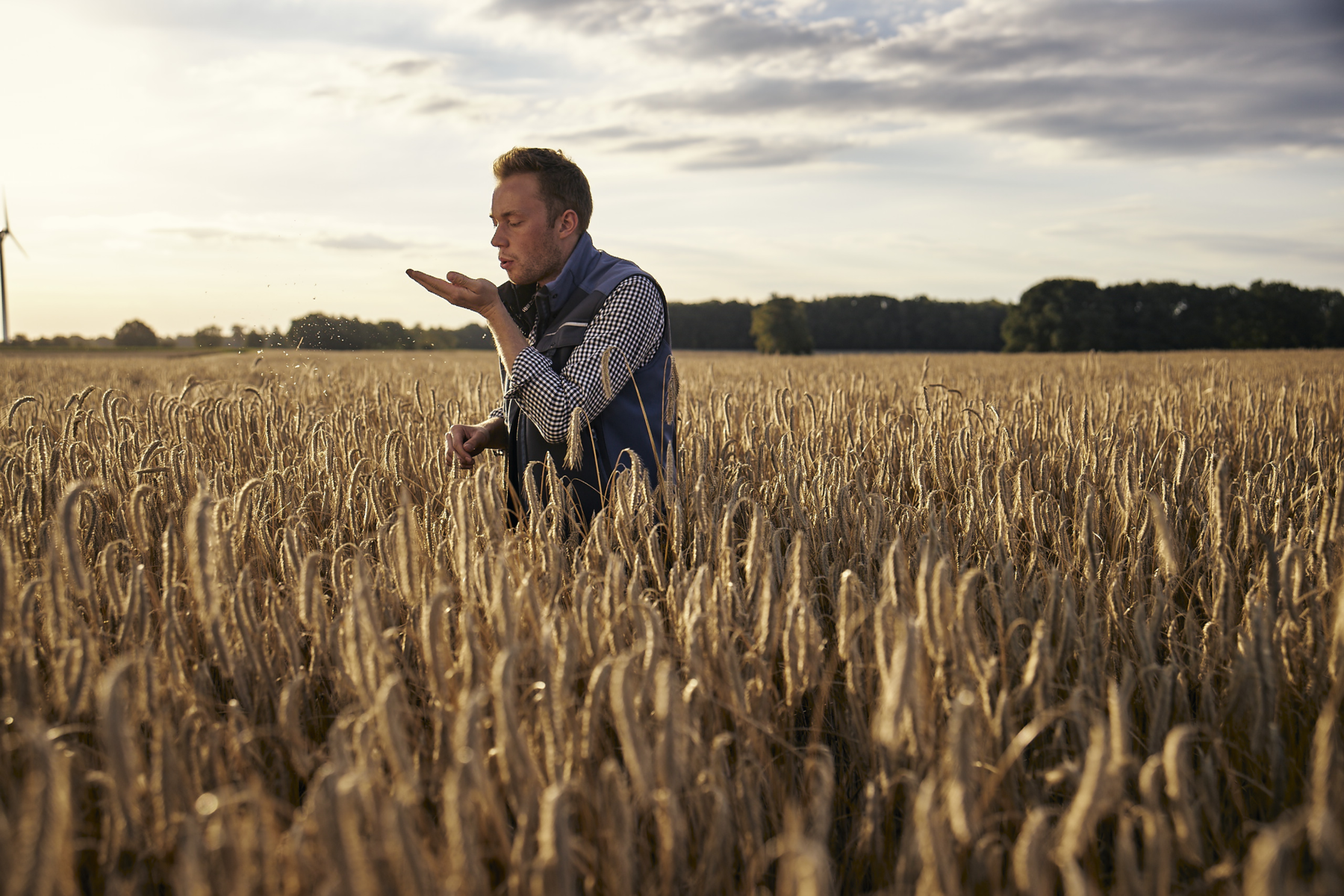KWS Hybrid Rye – information about varieties and seeds
Read about our modern rye varieties with PollenPlus(R). In addition to high yields, drought tolerance and nutritional efficiency, rye combines the best properties of sustainable nutrition for both humans and animals. Our hybrid rye varieties also have an extra good resistance to ergot thanks to the PollenPlus (R) technology, as this technology stands for a strong pollen secretion. Immerse yourself in the world of KWS rye and read more about rye, the benefits of cultivation and the characteristics of the individual varieties. If you have more questions, you are always welcome to contact us.
Our Digital Services for hybrid rye
Top 5 hybrid rye FAQ's
Our downloads for hybrid rye
News for cereal farmers
Get the latest update from KWS regarding cereal seeds, varieties and real-life stories from the fields that highlight the dedicated work of farmers and the latest advancements in our industry.
Our goal is to connect you with the trends and discoveries that are shaping agriculture today and tomorrow.
Learn more
Expert knowledge of farming, from sowing to harvesting
From sowing to harvesting, KWS advises you on important agricultural issues. In addition to our useful tools and calculators, we have combined our expert knowledge and experience with sowing, plant growth management or harvesting to support you in your decision-making.
Continue reading
Your consultant











